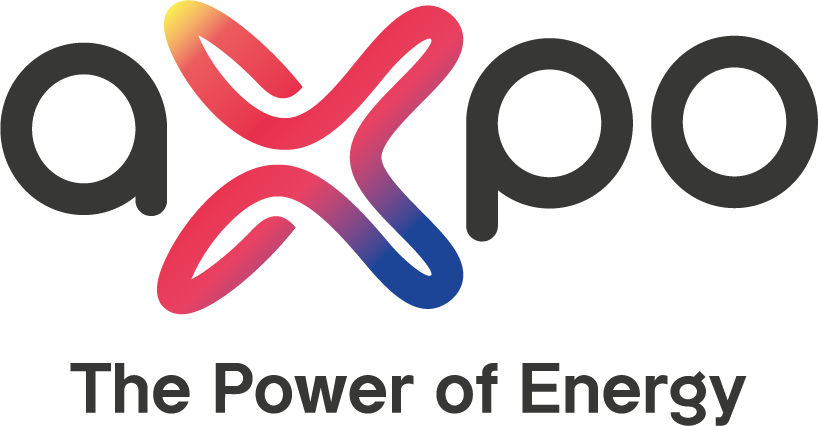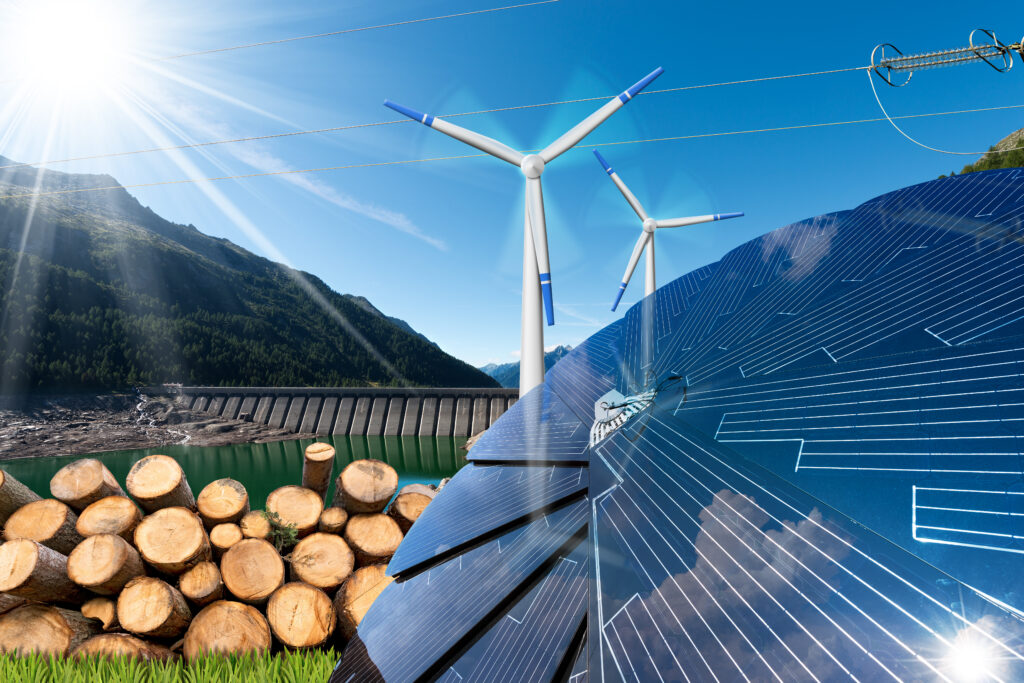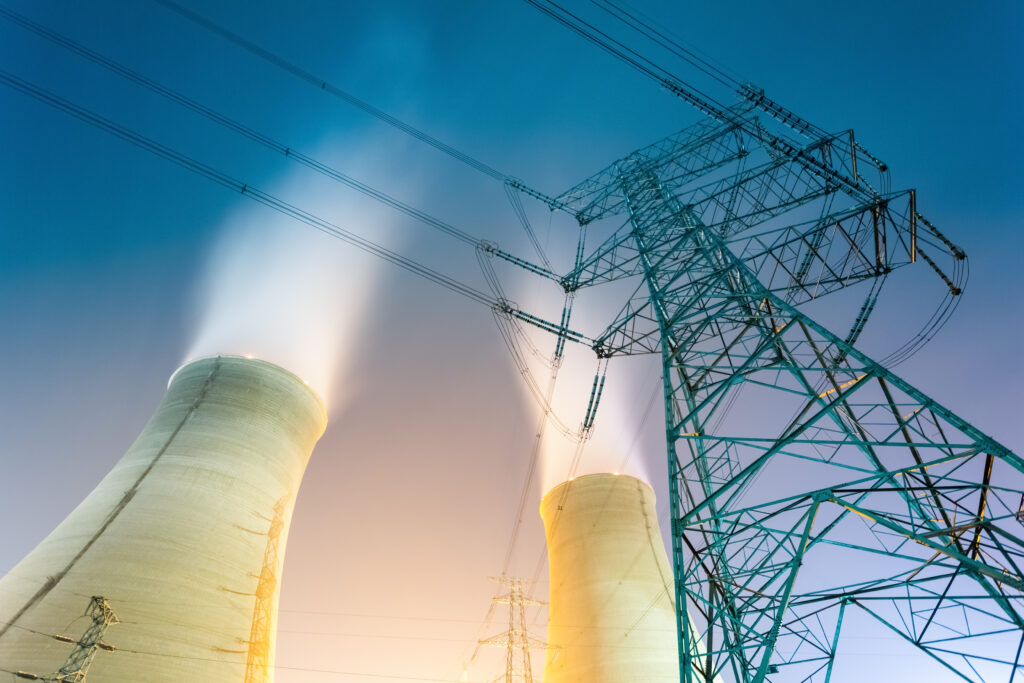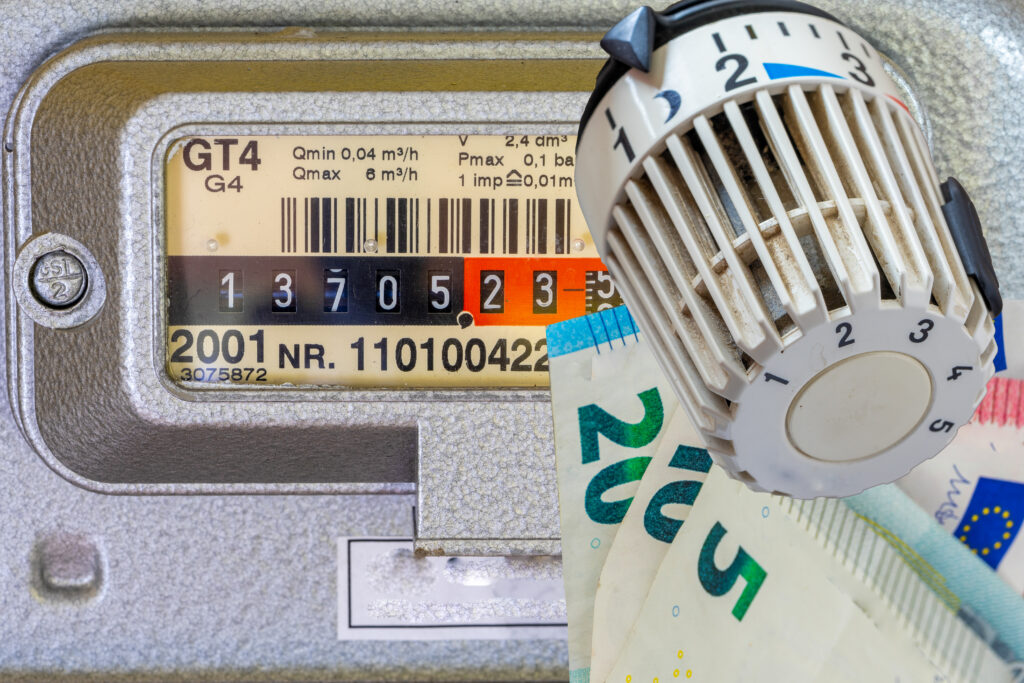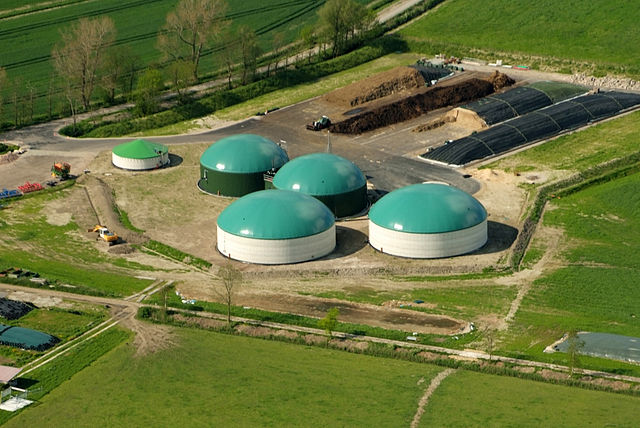Regular CleanTechnica readers may remember some recent announcements about LFP batteries from CATL, or numerous reports on its use by Tesla or its advantages in general. Today, we have just learnt from our Polish friends reporting on WysokieNapiecie.pl that LFP batteries will be used in BMW models. As they heard it first-hand from Martin Schuster, Head of Battery Cell Development at BMW, the discussion whether to apply LFP batteries has been finalized. Milan Nedeljković, Member of the Board of Management of BMW AG, Production, confirmed LFP cells will be used in Neue Klasse vehicles scheduled to enter production in 2025 and added that new models using this battery chemistry will also be developed. Earliest communication from the German giant only implied its technical readiness to make a move to LFP batteries. For the first time, the company has confirmed the launching of LFP models as soon as in 2025.
The common disadvantages of LFP batteries are well known — lower energy density and poorer charging performance in lower temperatures. However, these matters have been continuously improved, as demonstrated by CATL for that matter, and their biggest advantage will play a critical role instead — that is the chemical composition itself. Forget nickel and its soaring prices. Forget depending on rare raw materials available in limited locations. Welcome iron and phosphate — cheap, abundant, and available globally. In this light, BMW’s move is not so much smart as it is reasonable. We need affordable EVs delivering on the promise of acceptable range and fast charging. And one thing we’ve come to see time and time again: if Tesla does it, everybody else will eventually. Disagreeing with Elon Musk on most of his opinions today, I still blindly follow him in the EV domain, and most major automakers do, too — even the ones that never admit that.
Coming back to BMW, it is working on much more than just LFP batteries. Some of the Neue Klasse lineup — fully electric BMW models built on the company’s new platform — will also be given new NMC solutions. The prismatic cells will be replaced with cylindrical cells (think: big Duracells) in two sizes: 4695 (46 mm in diameter and 95 mm in height) used in sedans and coupe models and 46120 (46 mm in diameter and 120 mm in height) used in SUVs (which we all agree should be banned or at least made ridiculously expensive). Improved chemistry, new shape, and how the cells are packed will mean higher energy density by 20%, longer range by 30%, and faster charging by 30%, while reducing the carbon footprint of the production process by 60% when compared to the current generation. “We also managed to reduce the production cost of the generation-six battery by 40% compared to the current gen-5 battery,” Milan Nedeljković adds when talking to WysokieNapiecie.pl reporters.
New generation with solid-state electrolyte?
Another step planned by BMW after 2025 and following gen-6 batteries is a solid-state electrolyte battery (ASSB) estimated to have 30% more energy density compared to gen 6. We may see a test car with a solid-state battery in two years. However, we shouldn’t expect it to be mass produced earlier than the late 2020s or early 2030s.
As explained by Schuster and Nedeljković, the challenge of ASSB is not the chemistry but the production process itself. They claim these production obstacles are the reason we will need to wait a little longer before we see them mass produced. Only after these obstacles are overcome will manufacturers start working on optimizing their charging performance and lifecycle. It’s worth noting that ASSB development occupies the largest hall in the newly opened Cell Manufacturing Competence Center (CMCC) in Parsdorf. The direction and objective have been set, and we can be sure the investment will return.
On top of all of that, BMW executives also shared they are working on sodium-ion batteries, which are by all means a great solution in terms of sustainability, yet perform poorly in terms of energy density. While they are a sought after solution in China even today, where users sacrifice longer range for the benefit of a lower price, there is still a lot to be improved to implement the battery in Europe.
I support all car manufacturers in their EV efforts, and batteries are on the front line of the transition. I think it’s also time we stopped using the phrase rEVolution, which I loved so much, as the process is no longer characteristic of a sudden change but rather a process we have all accepted to be part of.




